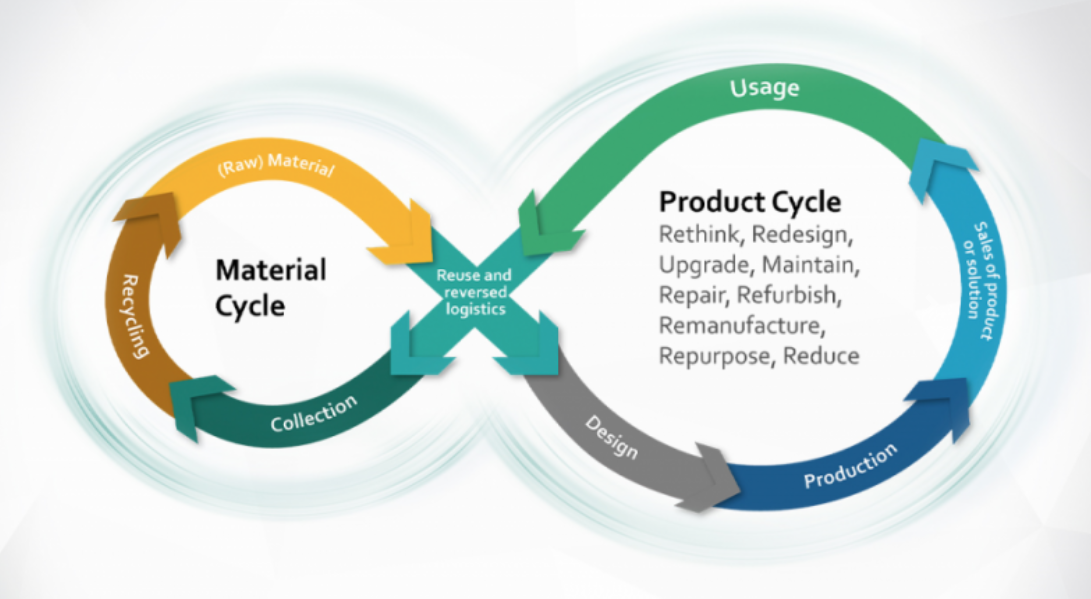The New Circular Economy Action Plan - paving the way to a more Sustainable Europe
European Commission President Ursula von der Leyen has made it a core mission of her mandate for the “EU to lead the transition to a healthy planet”. The new Circular Economy Action Plan, adopted by the Commission on 11 March 2020, marks a major step towards that goal. Indeed, the new Circular Economy Action Plan - one of the main blocks of the European Green Deal - will play a crucial role in achieving the Green Deal’s overarching aim of making Europe climate-neutral by 2050 and can help to drive an industrial renaissance for a clean planet for all (see Orgalim’s Green Deal position here).
Representing Europe’s technology industries, providing innovative solutions which can unlock a greener, healthier and more prosperous future for the EU and its citizens, Orgalim welcomes the new Circular Economy Action Plan for a cleaner and more competitive Europe. Optimising the circular use of resources throughout the economy is a key vector for minimising the environmental impacts of the EU economy. It makes environmental and economic sense and contributes to climate mitigation and renewing EU industrial global leadership. The co-benefits of achieving carbon neutrality in a wider resource efficiency agenda should contribute to meeting this goal in a faster and cost-efficient manner. Coupled with the possibilities of digitalisation and data analysis, a circular economy creates space for new business models and enables the optimisation of energy and resource use throughout the life cycle.
In this executive summary paper, Orgalim provides a summary of the key areas for consideration for Europe’s technology industries and Orgalim’s main recommendations on the new Circular Economy Action Plan. Further information can be found in Orgalim’s detailed Position Paper which provides our detailed views and recommendations on the various initiatives announced in the new Circular Economy Action Plan along the entire life cycle of products, targeting, for example, their design, promoting circular economy processes, fostering sustainable consumption, and aiming to ensure that the resources used are kept in the EU economy for as long as possible.

